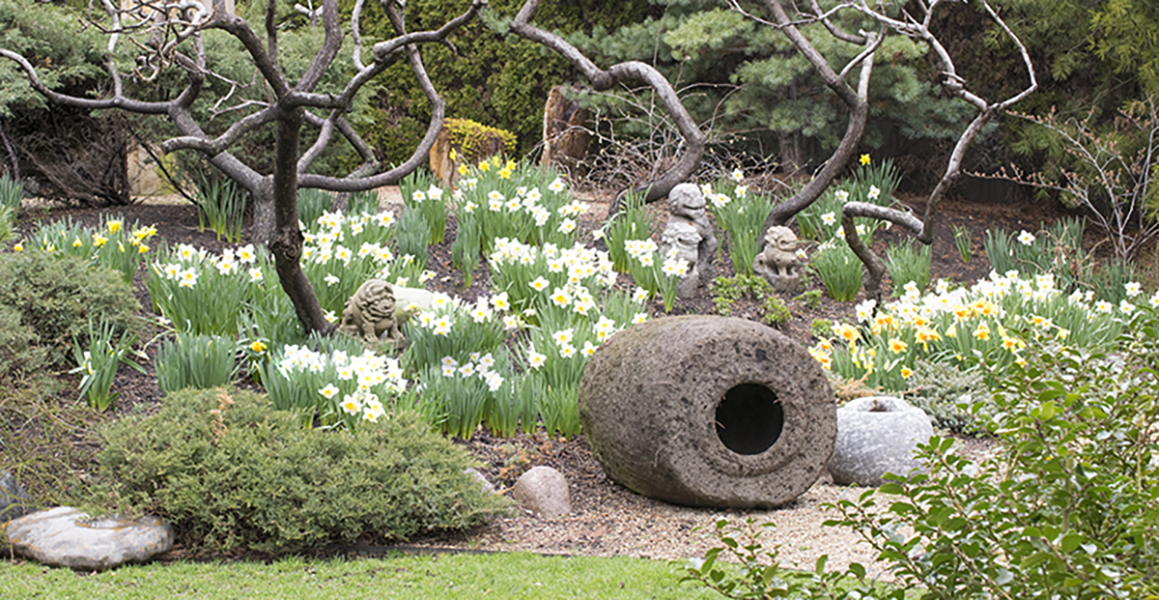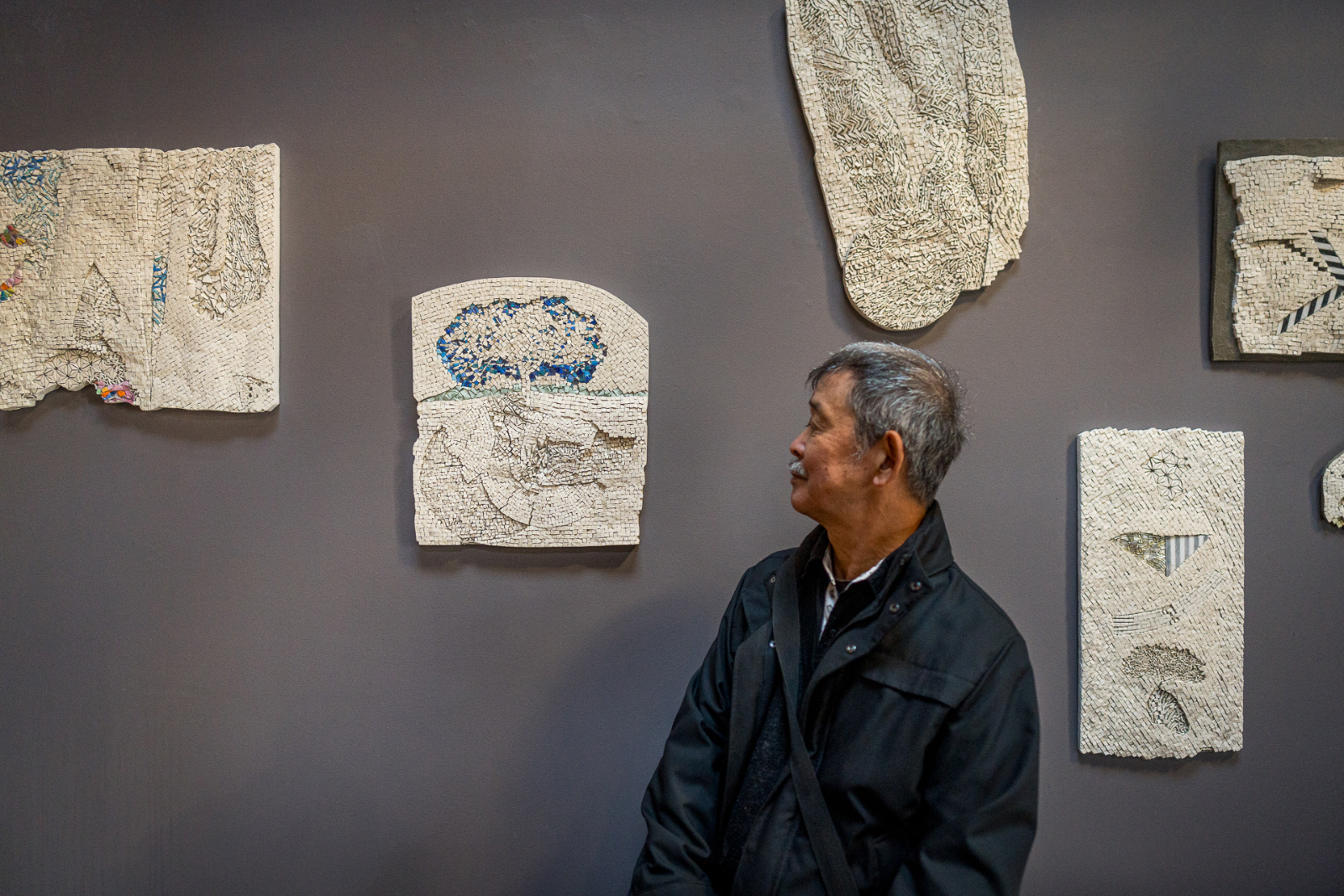-
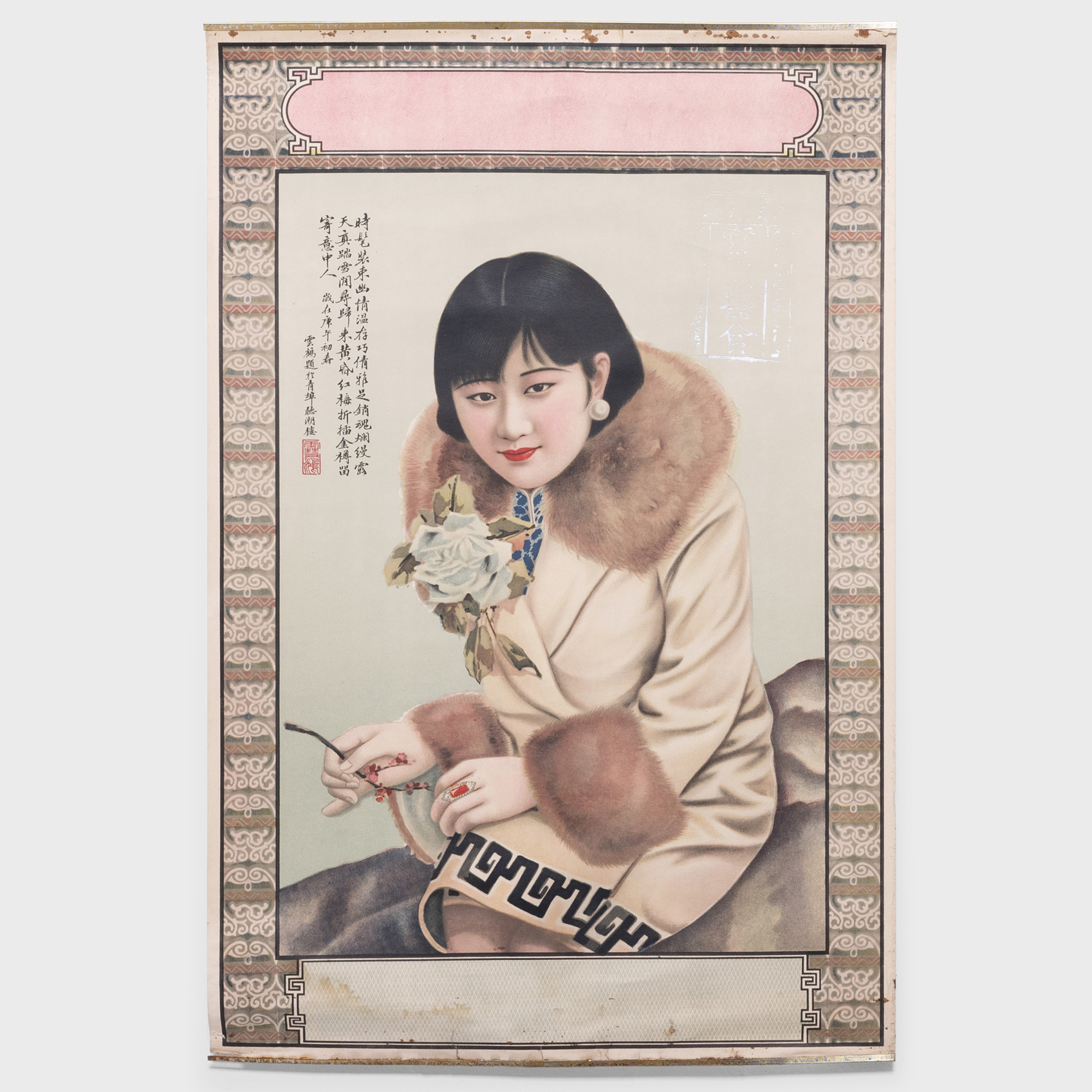
Portrait of a Lady: Women in Chinese Art
Continue ReadingPAGODA RED is full of evocative hints of past lives — a delicate silk shoe, a bespoke home for a much-loved songbird, an elaborate jewelry box from a bygone era. Beyond the evocative, we’re also a showcase of evolving craftsmanship and tastes over time. Our expansive collection lets design history unfold, over centuries of fine […]
-
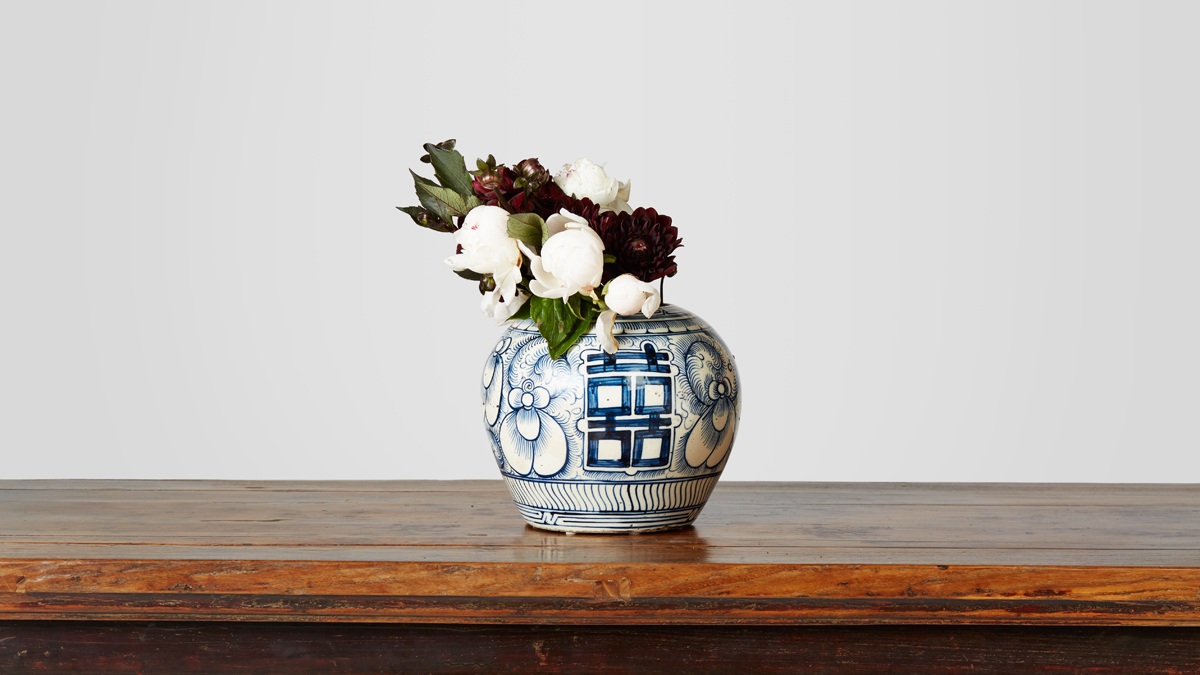
10 Ways to Give Love & Happiness
Continue ReadingA traditional sign of love and marriage, double happiness (囍) is the Chinese equivalent of a heart shape. Magpies, plum blossoms, peaches, leopards, cranes, pomegranates and the color pink all express deep feelings in subtle ways. Decorating a vase or embroidered in silk, these unassuming motifs transform any object into a romantic gift, perfect for […]
-
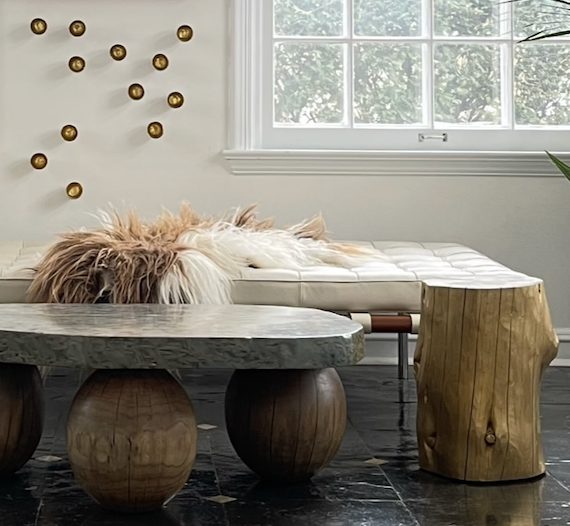
PAGODA RED Picks: Six of Our Favorite 2023 Rooms
Continue ReadingWe always describe PAGODA RED as a gallery of the extraordinary, full of objects that represent centuries of decorative arts. Our clients are also extraordinary. Here are a few of our favorite rooms from 2023, each designed by a PAGODA RED client–featuring antiques, art, and curiosities found at our gallery. From Michael Smith’s redesign of […]
-

PAGODA RED Essentials: Custom Waterfall Tables
Continue ReadingIf PAGODA RED was a fashion house, custom reclaimed wood waterfall tables would be our signature little black dress. Our clients and designers love them for the same reason black dresses endure — they’re effortless, chic, and can be dressed up or down depending on the space. Each table is designed in-house, crafted with 18th […]
-
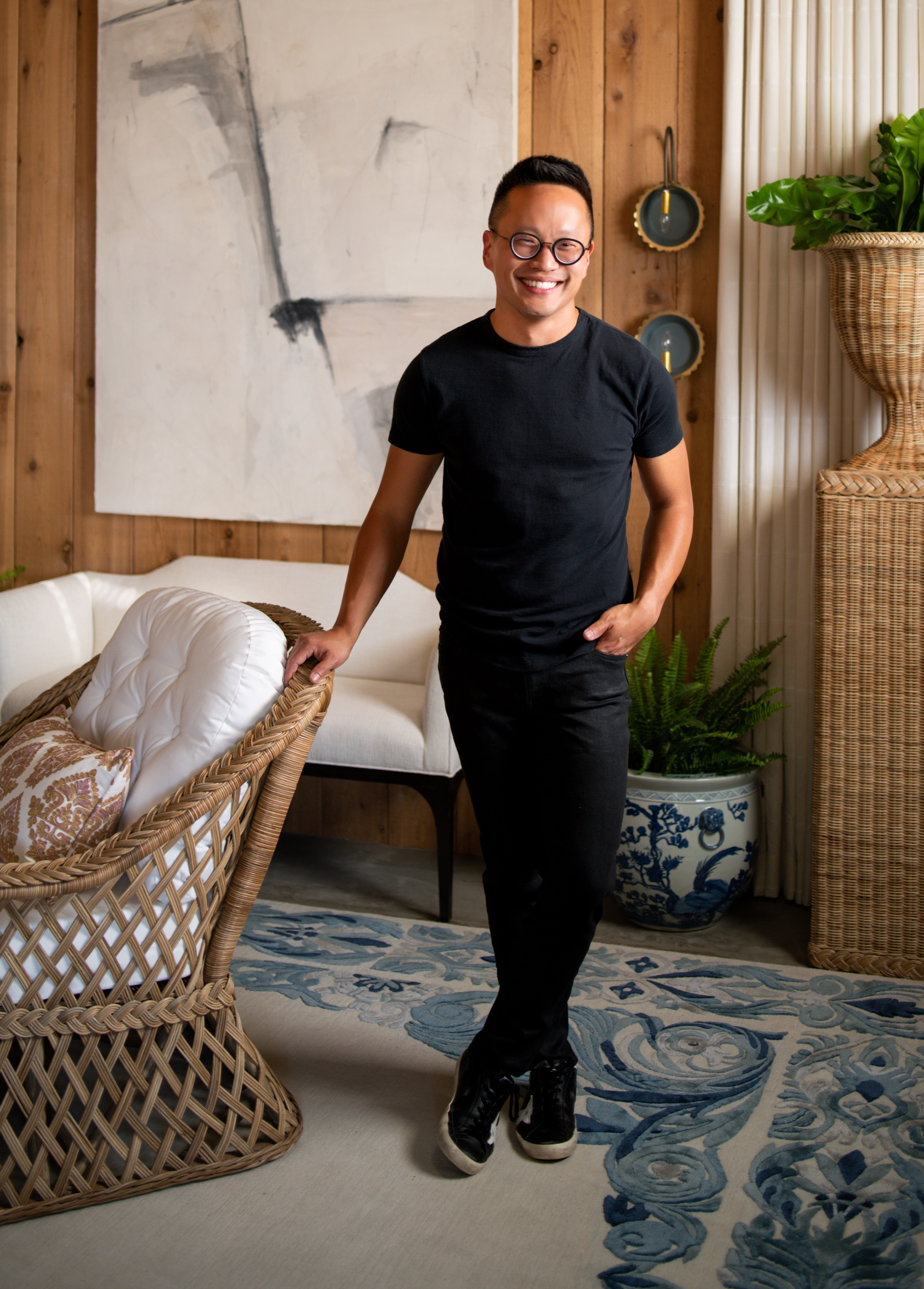
A Moment Worth Celebrating: Evan Millárd at the Lake Forest Showhouse
Continue ReadingThe 2023 Lake Forest Showhouse is a pop-up design wonderland, full of creative possibilities and inspiration. The lavish estate was originally designed by Walter Frazier in 1969 and has been updated and re-imagined by 33 interior designers and 8 landscape architects. Nashville-based designer Evan Millárd was one of several designers who worked with PAGODA RED to […]
-
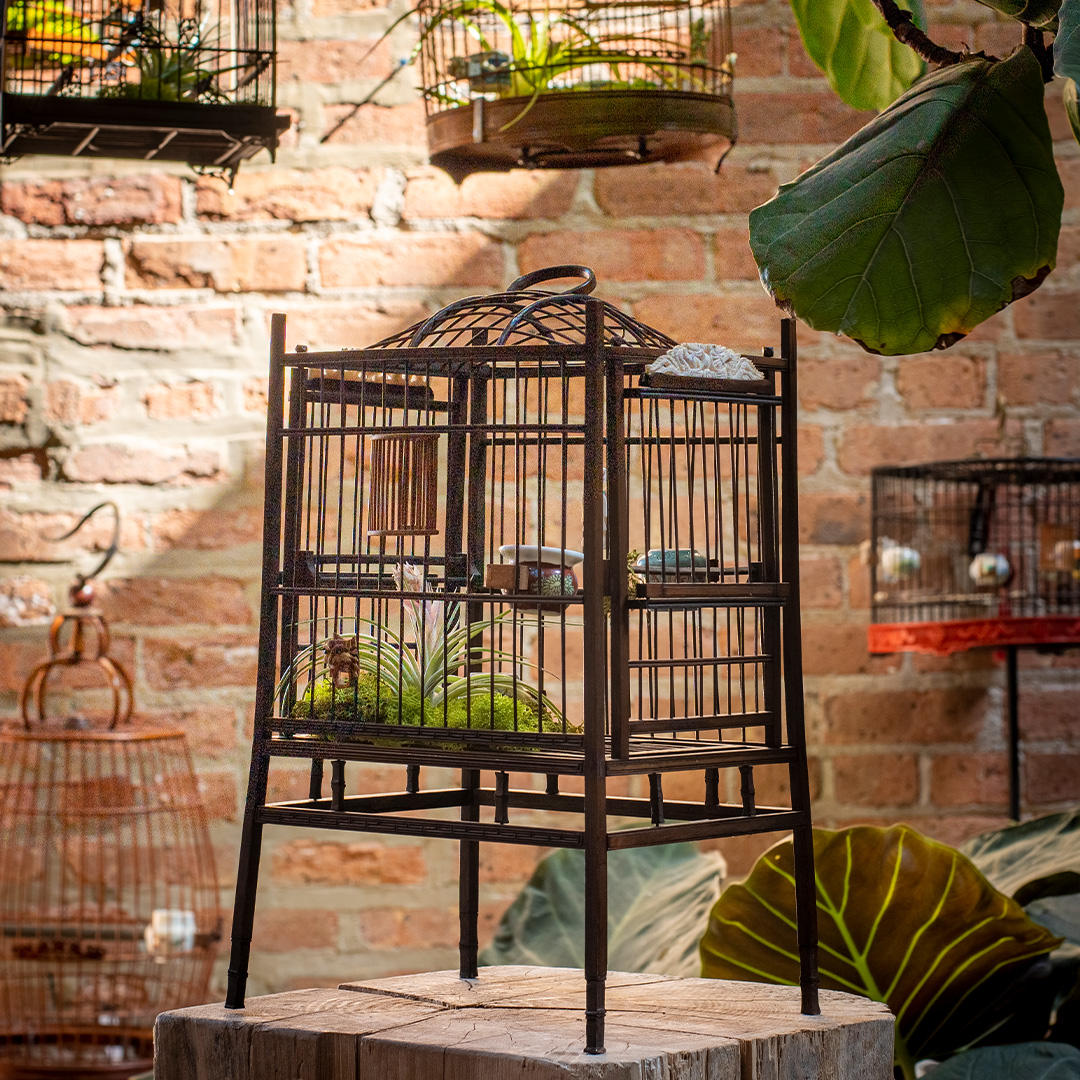
Luxe Life: The Custom Homes of Chinese Songbirds
Continue Reading“Songbirds brush the eaves in flight and fish dart through the waterweed, men of elegance and taste, apprehending their nature, do not weary of watching them all day long.” – Wen Zhenheng, translated by Tony Blishen The practice of keeping a small songbird as a pet is a longstanding tradition in China dating back to […]
-
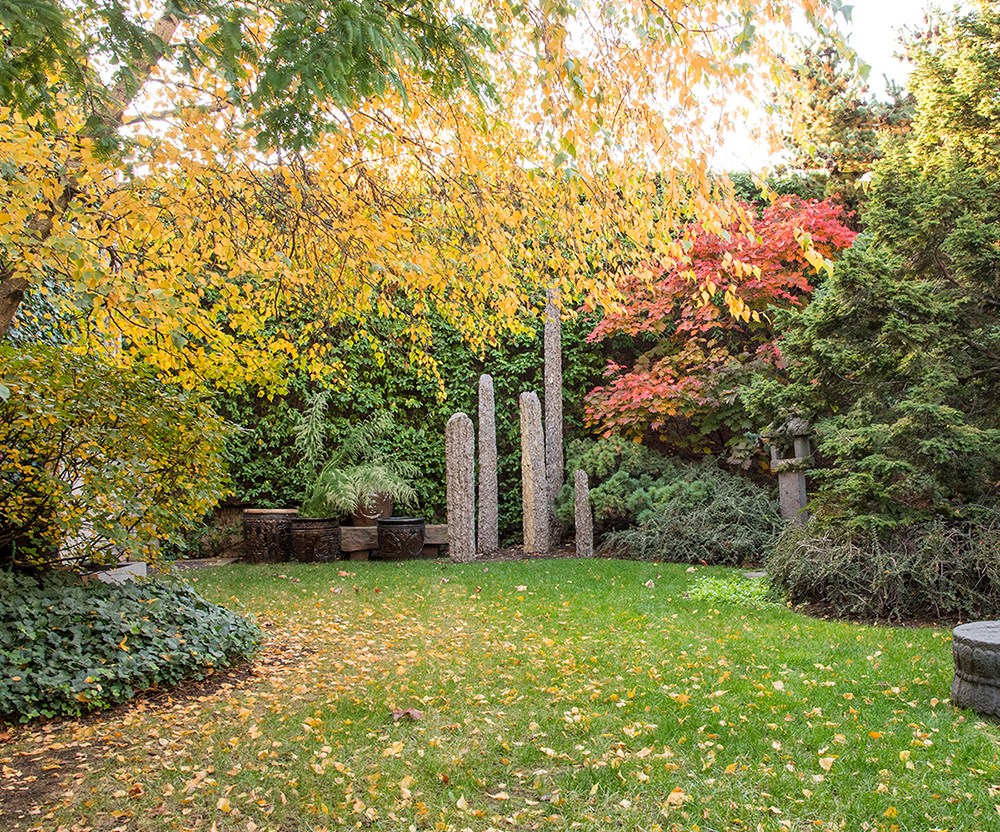
Yaji Gardens: Antidotes to Modern Life
Continue ReadingIn ancient China, elaborate gardens were closely associated with the upper class—who enjoyed palatial estates and grounds stocked with rare flora and fauna. But a new, more intimate garden gained popularity during the Mongol occupation (in the late 13th and early 14th century). In concert with a renewed emphasis upon the arts, the spaces—designed specifically […]
-
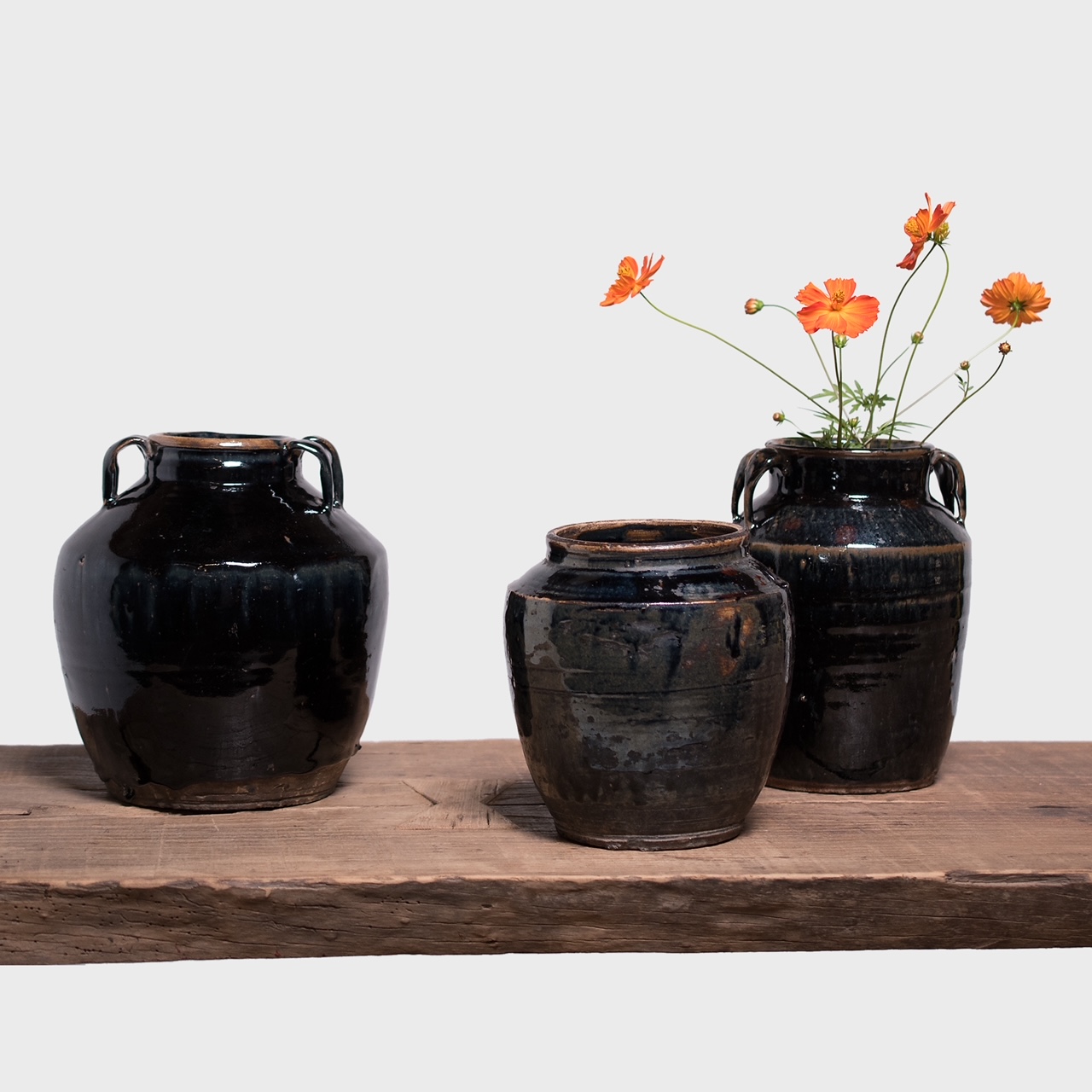
Wabi Sabi: Real Love & Perfect Imperfection
Continue ReadingRemember the Velveteen Rabbit? In the famous children’s book, a boy takes the stuffed rabbit everywhere: out to picnics on the grass, into the garden, and into bed, where it sleeps with the boy every night. The more love wears off on the rabbit, the shabbier it gets, and the closer it comes to the goal of becoming “real.” The Velveteen […]
-
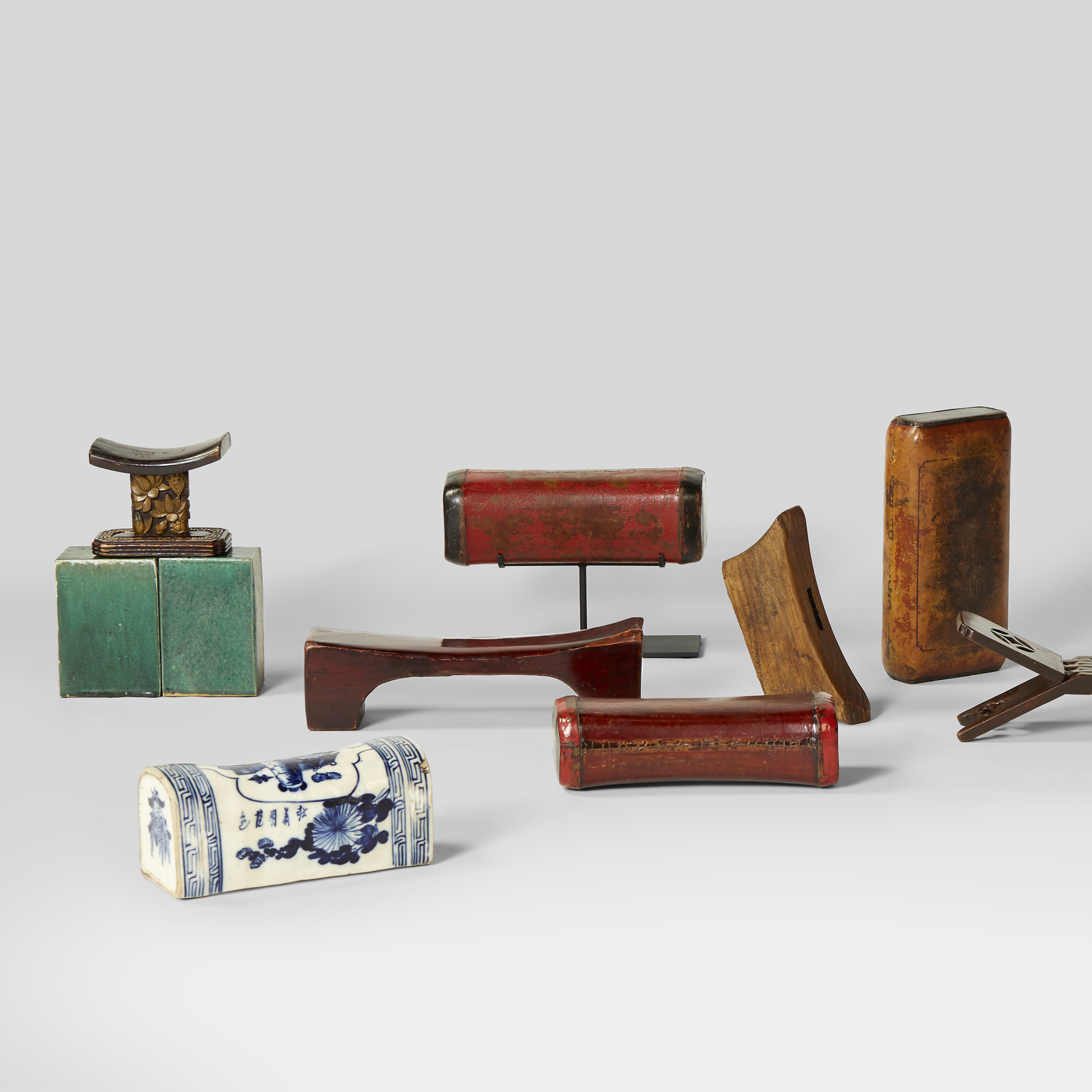
Rest Easy: Sculptural Headrests From Africa to Asia
Continue ReadingWhile modern bedding may be elegant, whimsical, or chic, modern pillows tend to be more functional than artful. They’re comfortable essentials, used by almost everyone. Throughout time and across continents however, people have rested their heads in style, often on one-of-a-kind headrests meant to be as beautiful as they were practical. At PAGODA RED, we’ve […]
-
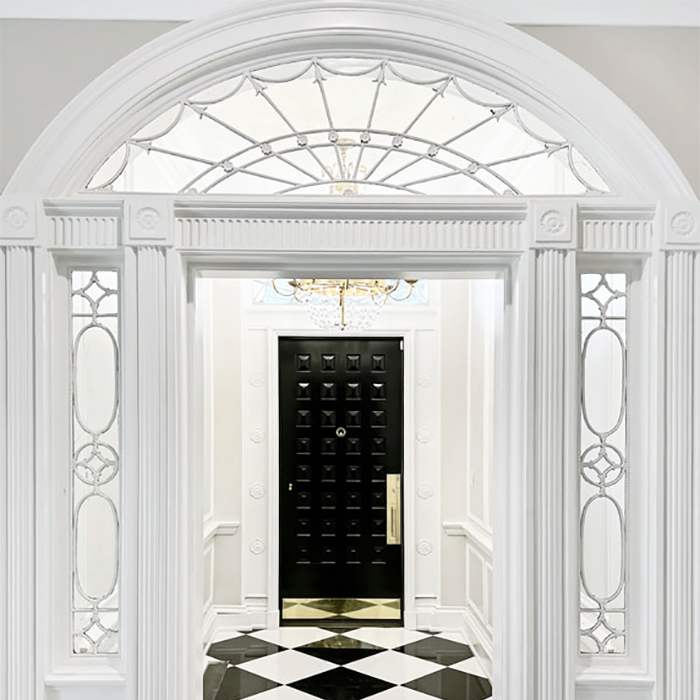
Adler On the Park: A Showcase House in Historic Lincoln Park
Continue ReadingThe Lakeview Avenue Row House District is a dash of London in Chicago: four Georgian-style row houses built by David Adler and Henry C. Dangler in the early 20th century for their storied group of friends. At the Adler on the Park Showcase House this May, design enthusiasts can peek inside these landmark spaces, now converted […]
